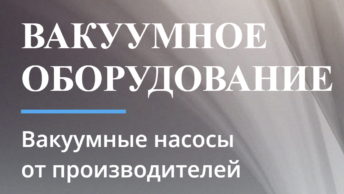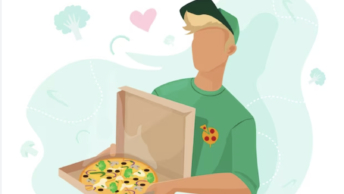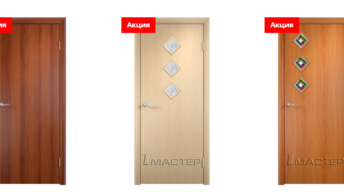Recently, Google listed Push Notifications as an important marketing trend that cannot be ignored by marketers anymore. In the age of GDPR where customers do not appreciate being intruded with unwanted messages or emails, push notifications works as a perfect alternative as it works on the principle of permission-based marketing. As more and more brands adopt push notifications (https://agilie.com/en/blog/lets-discuss-a-push-notifications-mechanism-for-ios-and-android), we have put together a 15-chapter step-by-step guide that will help you create winning campaigns and drive sales. Also, check out:
Use cases from different industries that can serve as an inspiration for your campaigns.
What are Push Notifications?
There are various definitions for push notifications that get thrown around; some call them actionable messages, others refer to them as rich messages, and some others use the term personalized messages. But which of these is the right description? All of them. Here’s how we can break it down:
Sent by an app or website to the user’s phone or desktop.
Used to send alerts and messages to the user in real-time.
Can contain rich media content such as images, GIFs or videos.
Content within the notification can be personalized to drive the desired action from the user.
Push notifications are short messages that pop up on the user’s mobile or desktop, nudging them to take some action. Your customers are busy individuals who are likely to forget about the great offers you had announced a few days ago via e-mail or about the cart they have abandoned after adding a lot of items to it.
If you want them to stay updated with the latest offers that you are offering or remind them of the impending items in their cart, push notifications can be a perfect way to communicate. With email open rates declining at a rapid pace, notifications can be a great way for businesses to engage with users and reduce churn. The benefit of push notification is you can time the message and even customize it depending upon the situation. For example, a customer who had abandoned the cart will receive a reminder notification, while a customer who has not used the app for shopping for a long time can receive offers that are relevant to them.
Push notification is also a powerful marketing tool. According to Invespcro, push notifications can boost app engagement by 88% and has led to 48% of mobile users making an in-store purchase. However, a push notification can get intrusive if not done the right way. Read ahead to know how to use them judiciously and the best practices to follow to make the most of it.







